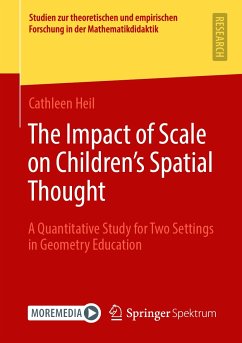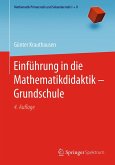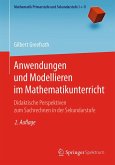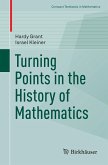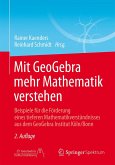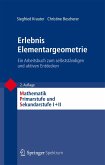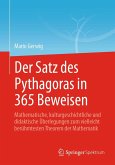In this book, Cathleen Heil addresses the question of how to conceptually understand children's spatial thought in the context of geometry education. She proposes that in order to help children develop their abilities to successfully grasp and manipulate the spatial relations they experience in their everyday lives, spatial thought should not only be addressed in written or tabletop settings at school. Instead, geometry education should also focus on settings involving real space, such as during reasoning with maps.
In a first part of this book, she theoretically addresses the construct of spatial thought at different scales of space from a cognitive psychological point of view and shows that maps can be rich sources for spatial thinking. In a second part, she proposes how to measure children's spatial thought in a paper-and-pencil setting and map-based setting in real space. In a third, empirical part, she examines the relations between children's spatial thought in those two settings both at a manifest and latent level.
About the author
Cathleen Heil is a research assistant at the Institute of Mathematics and its Didactics at Leuphana University Lüneburg. She received her PhD under supervision of Prof. Dr. Silke Ruwisch. She is currently a fellow of Deutsche Telekom Stiftung, examining how learning environments involving maps may improve children's spatial thought in geometry education.
Dieser Download kann aus rechtlichen Gründen nur mit Rechnungsadresse in A, B, BG, CY, CZ, D, DK, EW, E, FIN, F, GR, HR, H, IRL, I, LT, L, LR, M, NL, PL, P, R, S, SLO, SK ausgeliefert werden.
"This book would be of importance to researchers who are interested in the area of spatial thinking especially as it relates to children. The empirical study described in the book would also provide important information to those who are interested in geometry education in schools." (Mary Beth Rollick, MAA Reviews, May 9, 2021)
Es gelten unsere Allgemeinen Geschäftsbedingungen: www.buecher.de/agb
Impressum
www.buecher.de ist ein Internetauftritt der buecher.de internetstores GmbH
Geschäftsführung: Monica Sawhney | Roland Kölbl | Günter Hilger
Sitz der Gesellschaft: Batheyer Straße 115 - 117, 58099 Hagen
Postanschrift: Bürgermeister-Wegele-Str. 12, 86167 Augsburg
Amtsgericht Hagen HRB 13257
Steuernummer: 321/5800/1497
USt-IdNr: DE450055826
Bitte wählen Sie Ihr Anliegen aus.
Rechnungen
Retourenschein anfordern
Bestellstatus
Storno

